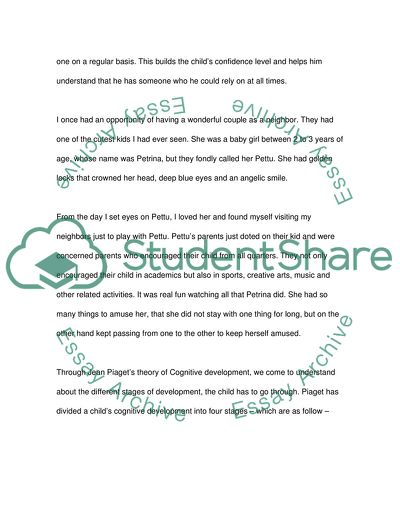Cite this document
(Observing a Pre-Schooler Case Study Example | Topics and Well Written Essays - 1750 words, n.d.)
Observing a Pre-Schooler Case Study Example | Topics and Well Written Essays - 1750 words. https://studentshare.org/family-consumer-science/1714033-observation-of-a-preschooler
Observing a Pre-Schooler Case Study Example | Topics and Well Written Essays - 1750 words. https://studentshare.org/family-consumer-science/1714033-observation-of-a-preschooler
(Observing a Pre-Schooler Case Study Example | Topics and Well Written Essays - 1750 Words)
Observing a Pre-Schooler Case Study Example | Topics and Well Written Essays - 1750 Words. https://studentshare.org/family-consumer-science/1714033-observation-of-a-preschooler.
Observing a Pre-Schooler Case Study Example | Topics and Well Written Essays - 1750 Words. https://studentshare.org/family-consumer-science/1714033-observation-of-a-preschooler.
“Observing a Pre-Schooler Case Study Example | Topics and Well Written Essays - 1750 Words”. https://studentshare.org/family-consumer-science/1714033-observation-of-a-preschooler.


